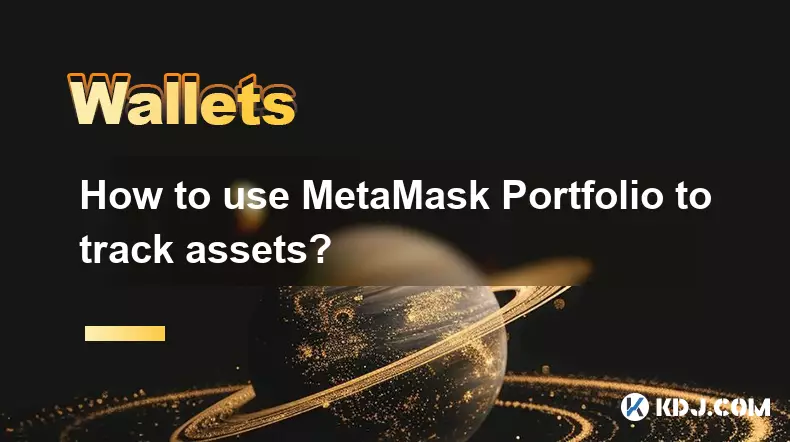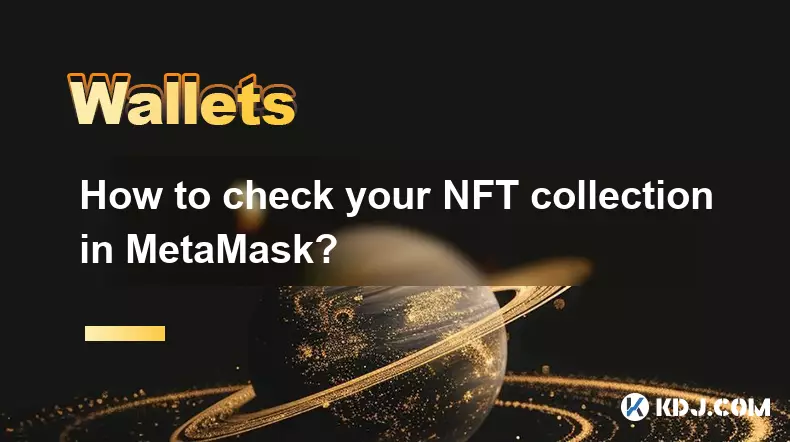-
 bitcoin
bitcoin $102182.982207 USD
-0.92% -
 ethereum
ethereum $3438.744518 USD
0.12% -
 tether
tether $0.999933 USD
0.02% -
 xrp
xrp $2.405093 USD
0.05% -
 bnb
bnb $956.306114 USD
-0.53% -
 solana
solana $153.028851 USD
-1.23% -
 usd-coin
usd-coin $0.999800 USD
-0.03% -
 tron
tron $0.294898 USD
-1.08% -
 dogecoin
dogecoin $0.171428 USD
-0.58% -
 cardano
cardano $0.551186 USD
-1.15% -
 hyperliquid
hyperliquid $38.755878 USD
0.04% -
 chainlink
chainlink $15.298460 USD
-0.05% -
 bitcoin-cash
bitcoin-cash $516.067428 USD
1.68% -
 stellar
stellar $0.280726 USD
-0.42% -
 zcash
zcash $518.919369 USD
18.01%
Preventing Crypto Theft: A Step-by-Step Security Strategy
Always verify wallet addresses manually and never share your seed phrase—security starts with you in the crypto ecosystem. (154 characters)
Nov 05, 2025 at 10:54 am

Understanding the Risks in the Crypto Ecosystem
1. The decentralized nature of cryptocurrencies makes them an attractive target for malicious actors who exploit weak security practices. Unlike traditional banking systems, crypto transactions are irreversible, meaning stolen funds cannot be recovered through chargebacks or institutional intervention.
2. Phishing attacks remain one of the most common methods used to compromise user wallets. Fraudsters create fake websites or send deceptive emails that mimic legitimate platforms, tricking users into revealing private keys or seed phrases.
3. Malware designed specifically to intercept clipboard data can alter wallet addresses during transactions. A user might copy a correct address, but malware replaces it with the attacker’s address, leading to unnoticed fund transfers.
4. Exchange hacks have led to massive losses throughout the history of digital assets. Centralized exchanges, despite implementing advanced security measures, still represent single points of failure vulnerable to sophisticated cyberattacks.
5. Social engineering tactics are increasingly prevalent. Attackers impersonate support staff or well-known figures in the crypto community to gain trust and extract sensitive information from unsuspecting individuals.
Securing Your Digital Assets: Best Practices
1. Use hardware wallets to store significant amounts of cryptocurrency. These offline devices keep private keys isolated from internet-connected systems, drastically reducing exposure to remote attacks.
2. Enable multi-factor authentication (MFA) across all crypto-related accounts. Opt for authenticator apps over SMS-based verification, as SIM-swapping attacks can bypass text-message codes.
3. Regularly update firmware and software on all devices involved in managing crypto assets. Outdated systems may contain known vulnerabilities that attackers can exploit.
4. Store seed phrases on physical media such as metal backup plates, kept in secure locations like fireproof safes. Never save recovery phrases digitally—screenshots, notes apps, or cloud storage are high-risk options.
5. Verify wallet addresses manually before confirming any transaction. Double-check each character, especially when sending large amounts, to prevent clipboard manipulation or typographical errors.
Avoiding Common Pitfalls in Crypto Management
1. Do not reuse passwords across different platforms. Unique, complex passwords reduce the risk of credential stuffing attacks where leaked login details from one breach are used elsewhere.
2. Be cautious with third-party applications requesting access to your wallet. Even if they appear legitimate, improper permissions could allow unauthorized transactions or data extraction.
3. Avoid connecting your wallet to untrusted decentralized applications (dApps). Many phishing dApps replicate popular interfaces like Uniswap or MetaMask to steal session tokens or approval rights.
4. Limit the amount of personal information shared online, particularly on social media. Public profiles indicating wealth or active trading can make individuals targets for targeted scams.
5. Never disclose your private key or seed phrase to anyone, regardless of how credible the request appears. Legitimate services will never ask for this information.
Frequently Asked Questions
What should I do if I suspect my wallet has been compromised?Immediately disconnect the affected device from the internet. Transfer remaining funds to a new wallet generated on a clean, secure device. Revoke token approvals using tools like Revoke.cash to prevent further unauthorized access.
Is it safe to keep crypto on an exchange?Holding funds on exchanges is convenient but risky. Exchanges are prime targets for hackers. For long-term storage, move assets to a self-custody solution like a hardware wallet instead of relying on custodial services.
How can I verify the authenticity of a dApp website?Always type the official URL directly into your browser. Use browser extensions like MetaMask’s phishing detection and consult community-verified lists on forums like Reddit or official project Discord channels.
Can antivirus software protect me from crypto theft?While antivirus programs help detect known malware, they may not catch newly developed threats targeting crypto users. Combine antivirus protection with proactive behaviors such as avoiding suspicious links and isolating wallet operations on dedicated devices.
Disclaimer:info@kdj.com
The information provided is not trading advice. kdj.com does not assume any responsibility for any investments made based on the information provided in this article. Cryptocurrencies are highly volatile and it is highly recommended that you invest with caution after thorough research!
If you believe that the content used on this website infringes your copyright, please contact us immediately (info@kdj.com) and we will delete it promptly.
- Penny Production Halted: A Historic Move for US Currency
- 2025-11-13 12:45:01
- Upgrade Your Kitchen & Win a Trip to Türkiye with a New Hood & Water Purifier!
- 2025-11-13 13:00:02
- Ripple, XRP, Warning: Navigating the Deepfake Crypto Scam Landscape
- 2025-11-13 08:50:01
- The US Mint, Pennies, and Circulation: End of an Era?
- 2025-11-13 08:45:01
- Penny's End: Production Ceases in Cost-Saving Move
- 2025-11-13 13:00:02
- Penny's End: Production Halt Sparks Cost-Saving Debate
- 2025-11-13 10:40:01
Related knowledge

Why is MetaMask asking for a signature?
Nov 10,2025 at 06:19pm
Understanding Signature Requests in MetaMaskMetaMask frequently prompts users to sign messages or transactions as part of its standard operation. Thes...

How to use MetaMask Portfolio to track assets?
Nov 08,2025 at 05:40am
Getting Started with MetaMask Portfolio1. Download and install the MetaMask mobile app from the App Store or Google Play. Open the app and select 'Imp...

MetaMask not popping up: how to fix this issue?
Nov 10,2025 at 05:59am
Understanding the MetaMask Pop-Up Issue1. MetaMask is one of the most widely used cryptocurrency wallets, especially for interacting with decentralize...

How to send ETH from Binance to MetaMask?
Nov 10,2025 at 04:40am
Sending ETH from Binance to MetaMask: A Step-by-Step GuideTransferring Ethereum (ETH) from your Binance account to your MetaMask wallet is a common op...

How to check your NFT collection in MetaMask?
Nov 06,2025 at 08:20pm
Accessing Your NFTs in MetaMask Wallet1. Open the MetaMask browser extension or mobile app and ensure you are logged into your wallet account. Once in...

Why is the MetaMask swap feature failing?
Nov 06,2025 at 09:20pm
Understanding MetaMask Swap FailuresMetaMask, one of the most widely used cryptocurrency wallets, enables users to swap tokens directly within the int...

Why is MetaMask asking for a signature?
Nov 10,2025 at 06:19pm
Understanding Signature Requests in MetaMaskMetaMask frequently prompts users to sign messages or transactions as part of its standard operation. Thes...

How to use MetaMask Portfolio to track assets?
Nov 08,2025 at 05:40am
Getting Started with MetaMask Portfolio1. Download and install the MetaMask mobile app from the App Store or Google Play. Open the app and select 'Imp...

MetaMask not popping up: how to fix this issue?
Nov 10,2025 at 05:59am
Understanding the MetaMask Pop-Up Issue1. MetaMask is one of the most widely used cryptocurrency wallets, especially for interacting with decentralize...

How to send ETH from Binance to MetaMask?
Nov 10,2025 at 04:40am
Sending ETH from Binance to MetaMask: A Step-by-Step GuideTransferring Ethereum (ETH) from your Binance account to your MetaMask wallet is a common op...

How to check your NFT collection in MetaMask?
Nov 06,2025 at 08:20pm
Accessing Your NFTs in MetaMask Wallet1. Open the MetaMask browser extension or mobile app and ensure you are logged into your wallet account. Once in...

Why is the MetaMask swap feature failing?
Nov 06,2025 at 09:20pm
Understanding MetaMask Swap FailuresMetaMask, one of the most widely used cryptocurrency wallets, enables users to swap tokens directly within the int...
See all articles










































































